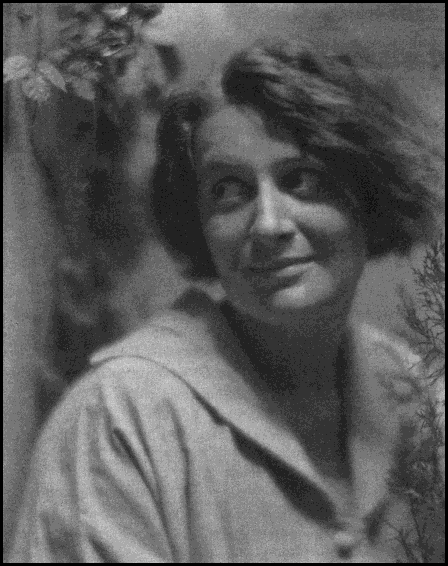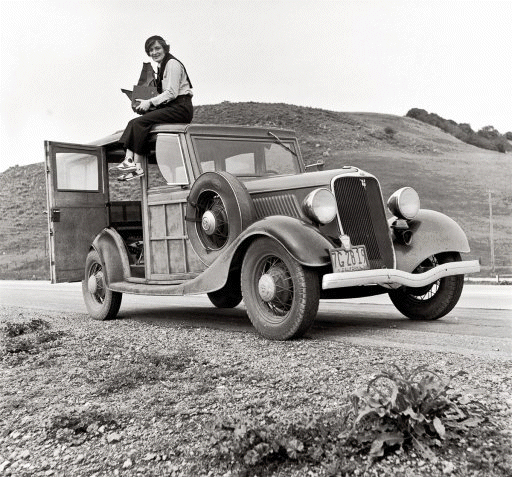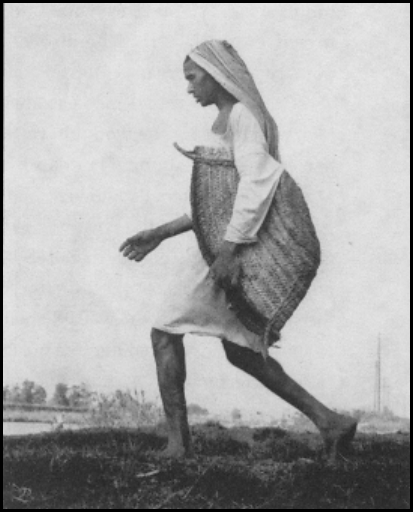A Life Beyond Limits
Linda Gordon
(W. W. Norton)

But the search! Often Google Image searches are treats in themselves. At "dorothea lange edward weston" it's all there: "American Social Realism," the migrants, blacks from the thirties, the mix of Weston's fascinations with form and structure, Lange's causes ... a compact union of two of the photography stars of the era.
Mind you, I was just trying to save myself a trip to the cranky old scanner which sometimes eats the very pictures it is supposed to be saving ... but this journey was worth it: shots of Weston and nudes and shells and valleys ... blended with Lange's own suffering humanity captured by her Graflex, the Zeiss Juwell, the smaller Rolleiflex (she always traveled heavy).
It was her black-and-white photographs that defined the depression for many of us ... most of all, "Migrant Mother," that singular close-up of a woman with a worried face, three fingers of her right hand touching cheek, lip, and chin, two children tucked in on either side of her, their backs to us, a shot taken at a migrant labor shack in Nipomo, California in 1936.
"The chance nature of this photograph" Gordon asserts, "results from the kind of luck that comes only with years of practice." Practice, ironically, that began with the very rich. For Lange built her first studio in a fashionable area of San Francisco and was almost instantly successful. She built a prosperous business in the 1920s, won the confidence of the wealthy.
In 1935, she was hired on as staff photographer by Roy Stryker in the New Deal's Farm Security Administration: her work went from the studio to field, but she carried with her the art of the artful close-up with her. The very close-ups that had made her so successful as a photographer of the rich and the powerful became a vehicle for the very poor: before she took a shot, she spent time, sometimes hours, talking, sharing confidences, giving belief in the magic she was about to create.

Lange was, by the way, given to extensive notes to go along with her pictures. Most were edited down by the people who mounted exhibitions and published her books. Here we have the reverse.
Lange got polio in 1902 or thereabouts when she was but seven-years-old. Her left foot was turned in, twisted, not unlike Byron's. She always dragged it a little; wore special shoes; preferred long skirts to hide it. Towards the end of her life, stricken with what we now call post-polio syndrome, she was traumatically weakened. From 1945 - 1965 suffered chronic disabling pain from ulcers and esophageal tightening.
Like President Franklin D. Roosevelt, artist Frida Kahlo, historian Hugh Gallagher, the great hypnotherapist Milton Erickson, Lange was defined by what had happened to her body. She was thus sympathetic, a humanist, seemingly bent to favor the poor and the dispossessed. Whatever images she gathered in the 1930s demonstrate her gathering of the panoply of the human condition in all its woe. "Her best mode," Gordon suggests, "was the tragic."
 It puts us in mind of the famous question posed to Eleanor Roosevelt, asked during a news conference, as her husband was running for his first term as president, a question addressed to a subject that had been on people's minds, perhaps inspired by the fact that his disability had always been played down, pretended away. The question posed was whether polio "had affected his mind."
It puts us in mind of the famous question posed to Eleanor Roosevelt, asked during a news conference, as her husband was running for his first term as president, a question addressed to a subject that had been on people's minds, perhaps inspired by the fact that his disability had always been played down, pretended away. The question posed was whether polio "had affected his mind."
Eleanor paused, poignantly, for a moment or two, and replied, simply, that of course it had ... that it had "made him more sensitive to the pain of others."